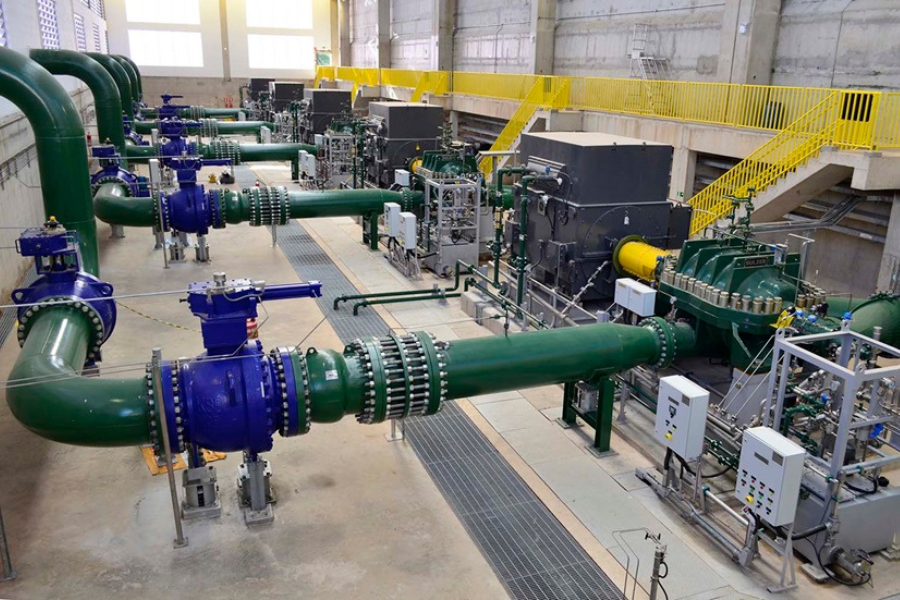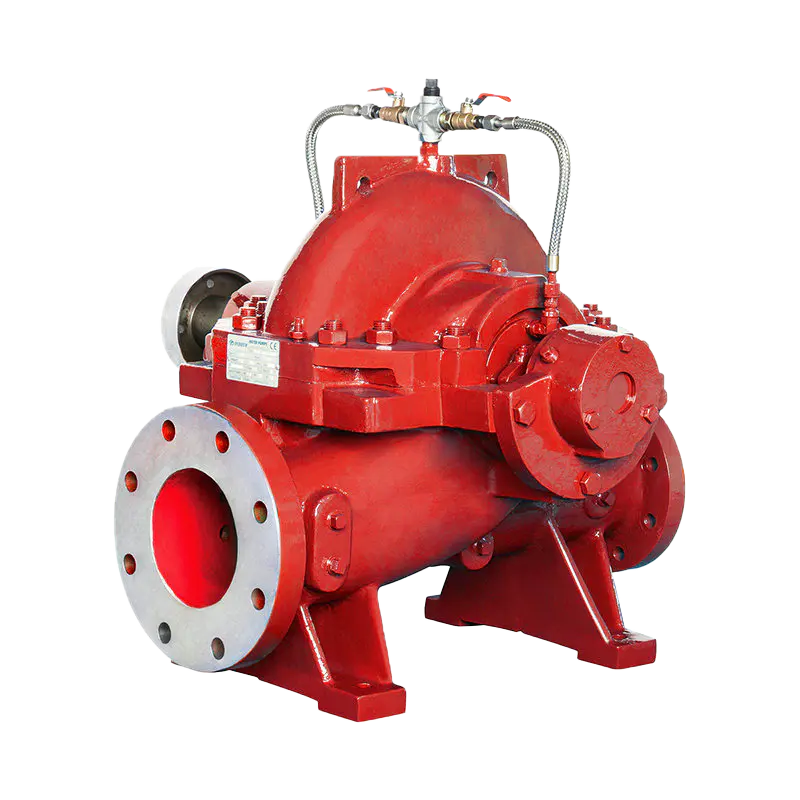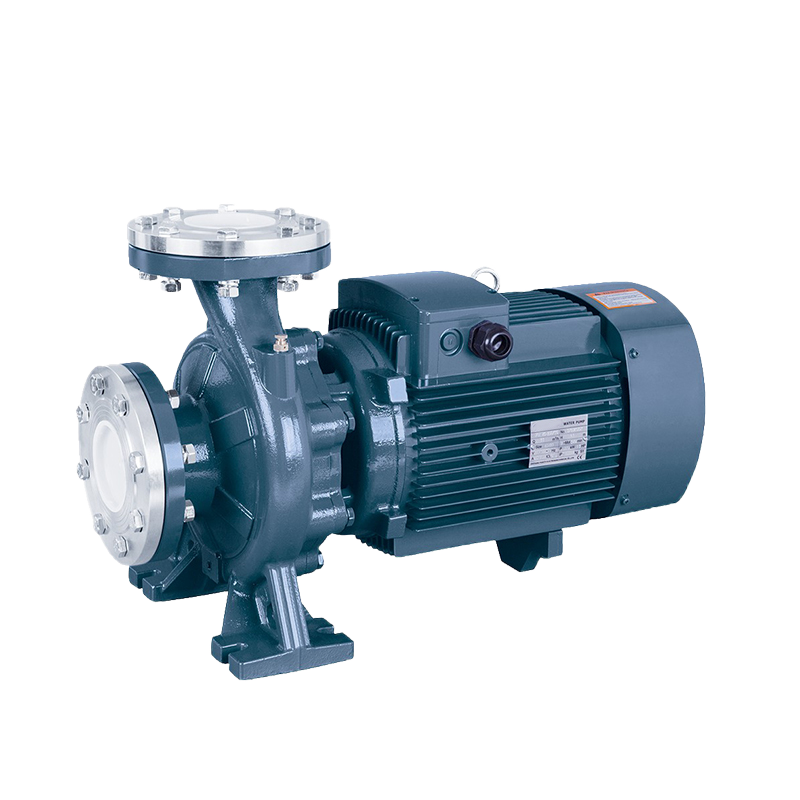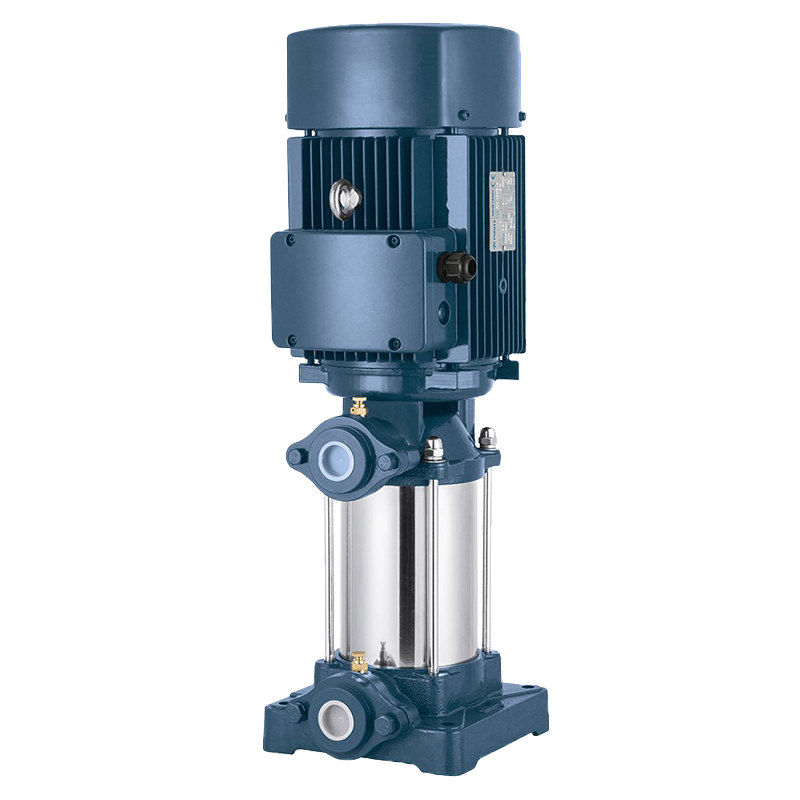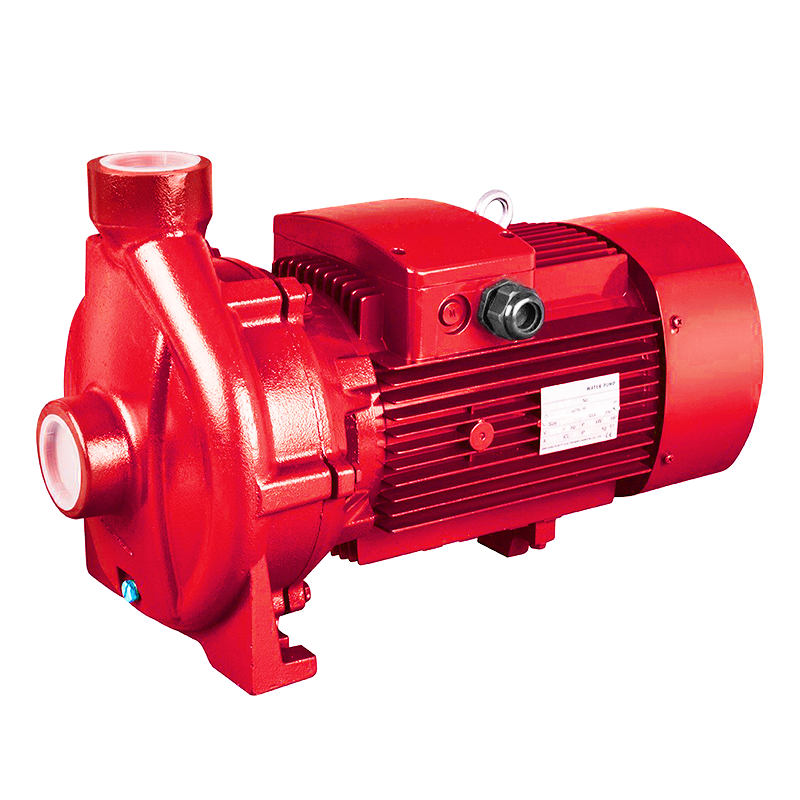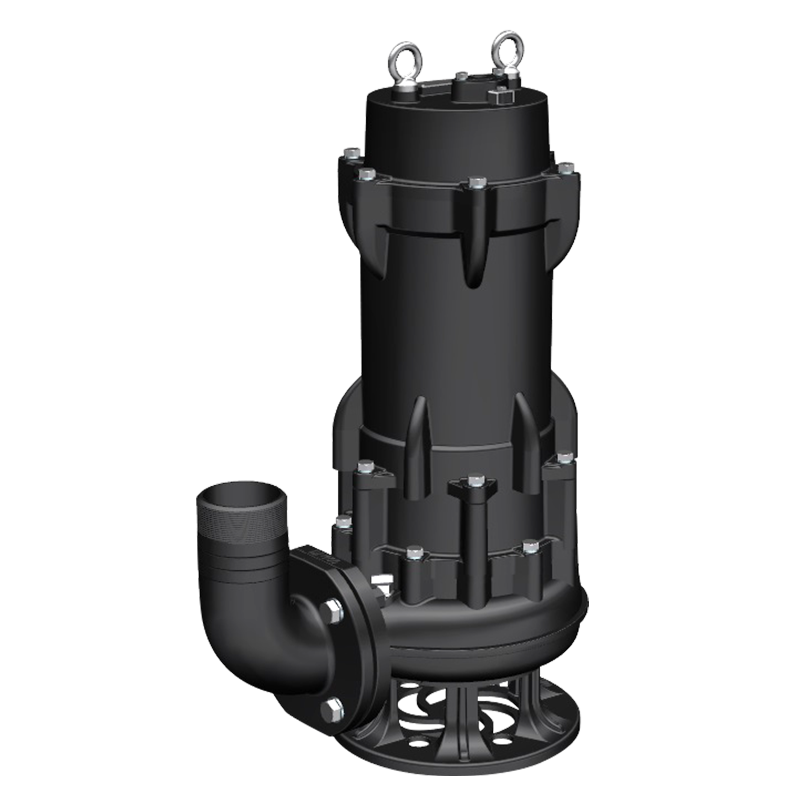Sewage pumps are essential equipment designed to move wastewater from residential, commercial, and industrial facilities to sewer systems or septic tanks. Unlike standard water pumps, sewage pumps handle solids-containing fluids, making them crucial for proper sanitation and wastewater management. This comprehensive guide will help you understand how sewage pumps work, their key benefits, different types available, and important factors to consider when selecting the right pump for your needs.
What is a Sewage Pump and How Does It Work?
A sewage pump is a centrifugal pump specifically designed to transport wastewater containing soft solids up to a specified diameter. These pumps typically feature:
Large passageways to prevent clogging from solid materials
Durable construction to handle corrosive fluids
Submersible design for most applications
Anti-clog impellers that can handle fibrous materials
The pump operates by creating centrifugal force that moves wastewater through the system. When liquid reaches a certain level in the sump basin, the float switch activates the pump, which then pushes wastewater through the discharge pipe to its destination.
Key Benefits of Modern Sewage Pumps
Superior Solids Handling
Modern sewage pumps can handle solid waste up to 3 inches in diameter, depending on the model and application requirements.
Durability and Reliability
Constructed with corrosion-resistant materials like cast iron and stainless steel, these pumps withstand harsh wastewater environments.
Anti-Clog Design
Specialized impeller designs (vortex, shredder, or channel impellers) prevent clogging and reduce maintenance needs.
Automatic Operation
Built-in float switches enable automatic pump activation when wastewater levels rise, ensuring continuous operation.
Energy Efficiency
Newer models meet energy efficiency standards, helping reduce operational costs while maintaining optimal performance.
Common Applications of Sewage Pumps
Residential:
Basement bathrooms, underground plumbing systems
Commercial:
Shopping malls, hotels, restaurants, office buildings
Industrial:
Manufacturing plants, processing facilities
Municipal:
Wastewater treatment plants, lifting stations
Special Applications:
Stormwater management, flood control
How to Choose the Right Sewage Pump
Determine Your Flow Requirements
Calculate the required flow rate (GPM) based on the number of fixtures and expected usage patterns.
Consider Head Pressure
Account for both vertical lift and horizontal pipe run to determine total dynamic head requirements.
Evaluate Solids Handling Capacity
Choose a pump that can handle the maximum solid size expected in your wastewater.
Select Appropriate Materials
Consider stainless steel for corrosive environments or cast iron for standard applications.
Assess Additional Features
Look for features like automatic float switches, alarm systems, and easy maintenance access.
Choosing the right sewage pump is crucial for effective wastewater management in any facility. By understanding the different types available and key selection criteria, you can ensure optimal performance and longevity for your wastewater system.
 English
English عربى
عربى
 Fire Pump and System
Fire Pump and System Split Case Pump
Split Case Pump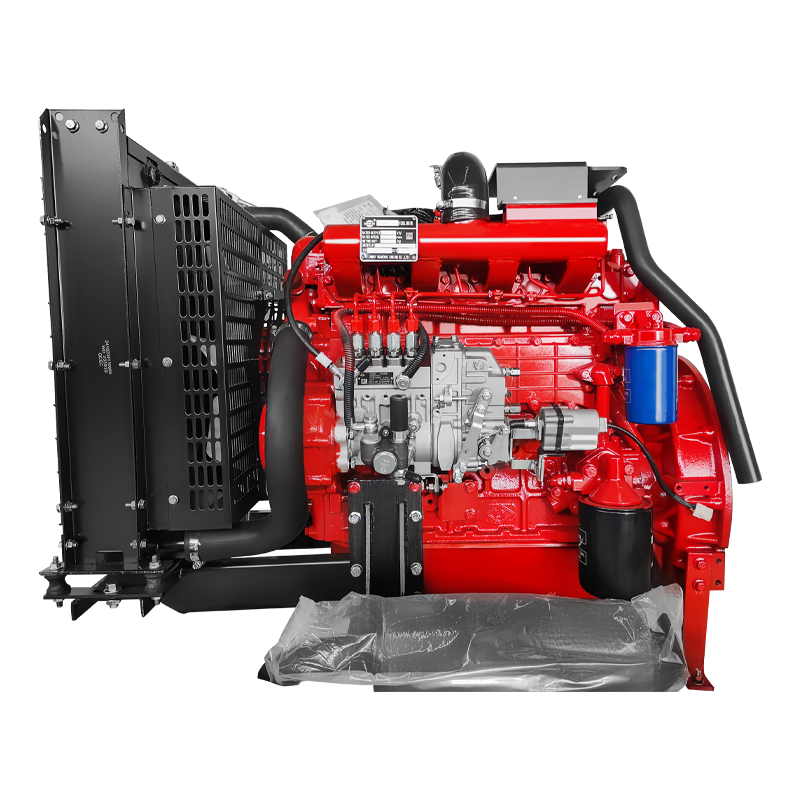 Engine and Pump
Engine and Pump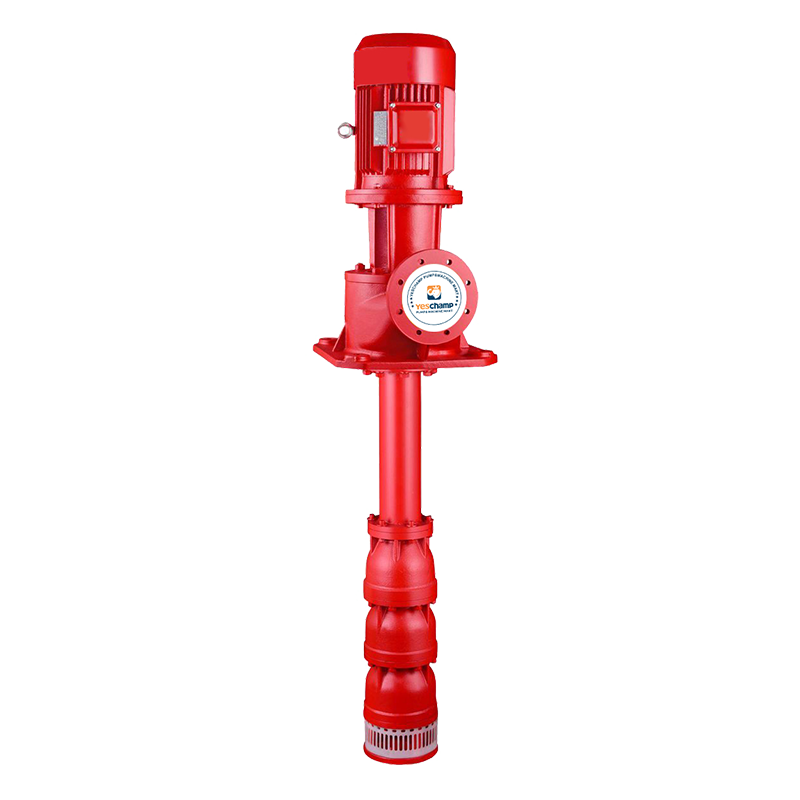 Long Shaft Pump
Long Shaft Pump Multistage pump
Multistage pump Water Supplier System
Water Supplier System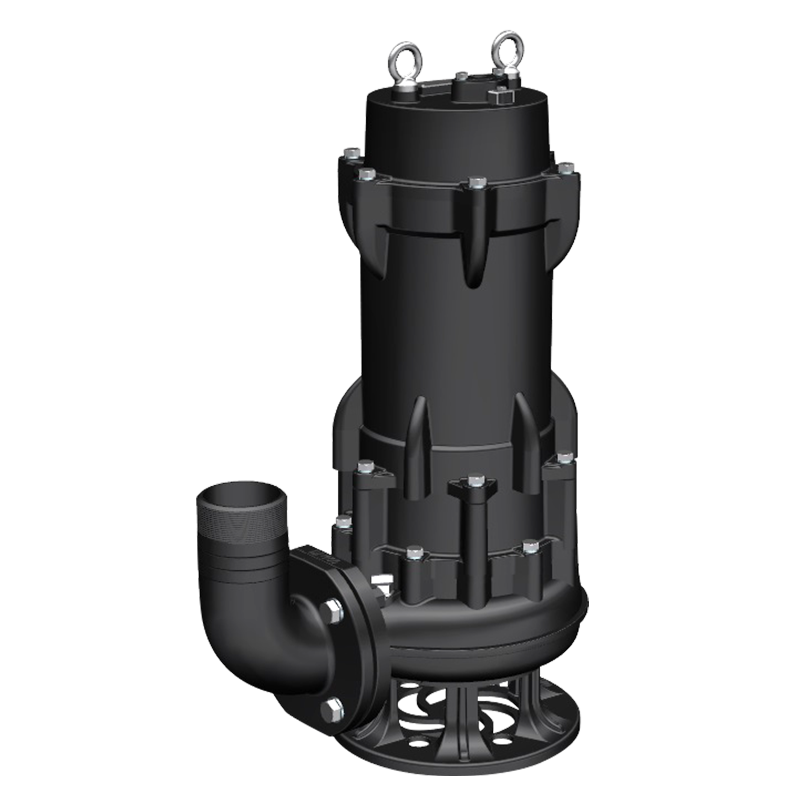 Sewage Pump
Sewage Pump Industrial Pump
Industrial Pump Self-Priming Pump
Self-Priming Pump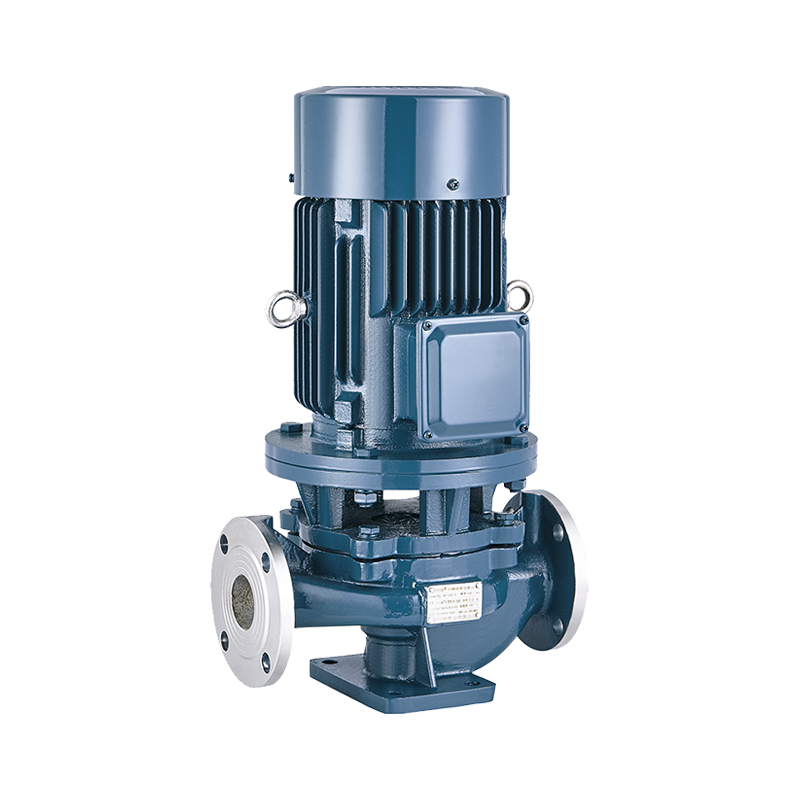 Inline Pump
Inline Pump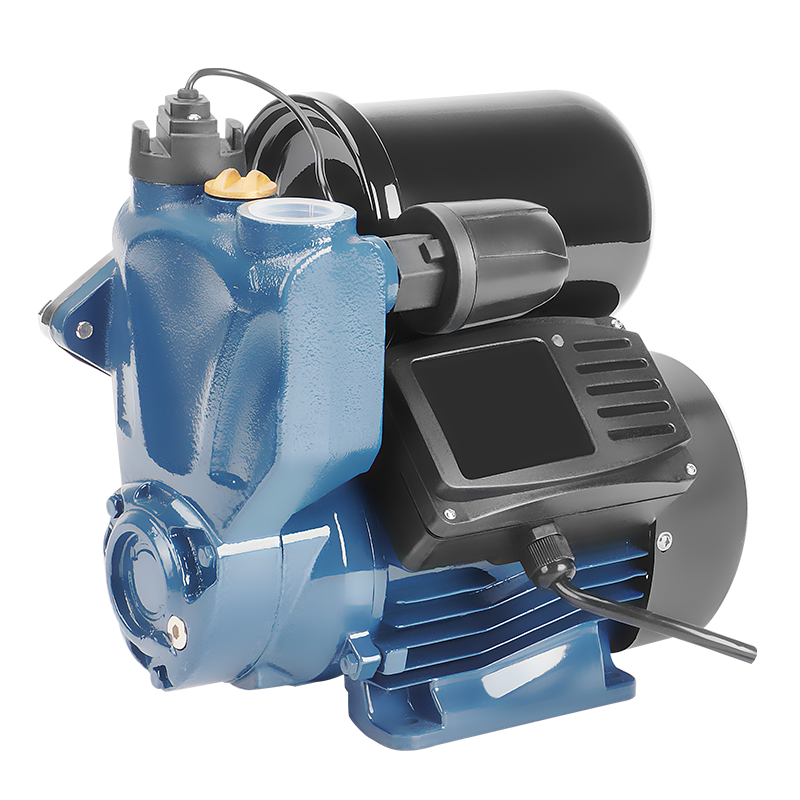 Domestic Pump
Domestic Pump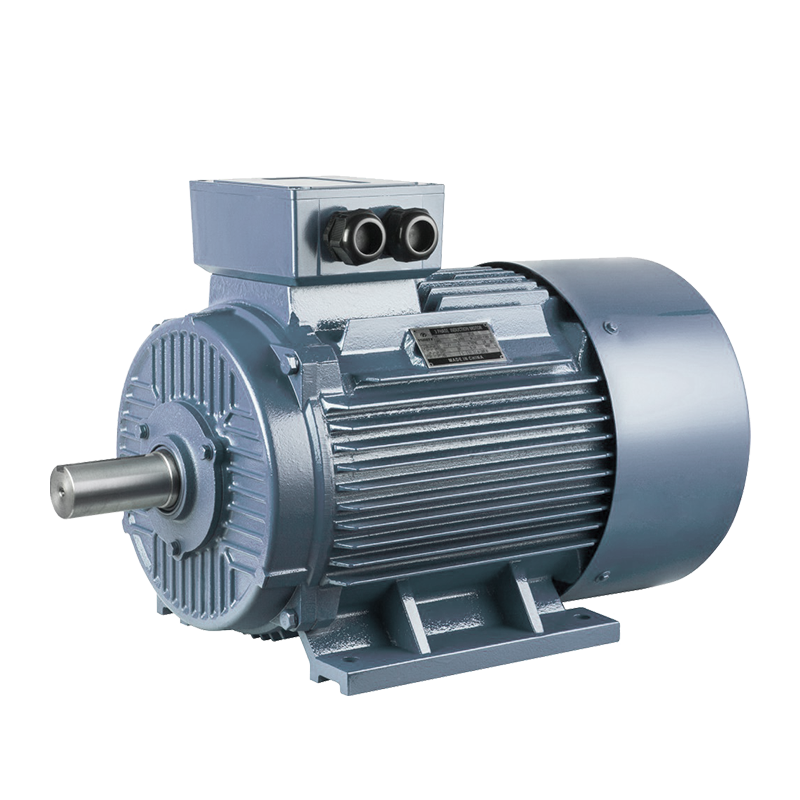 Electric Motor
Electric Motor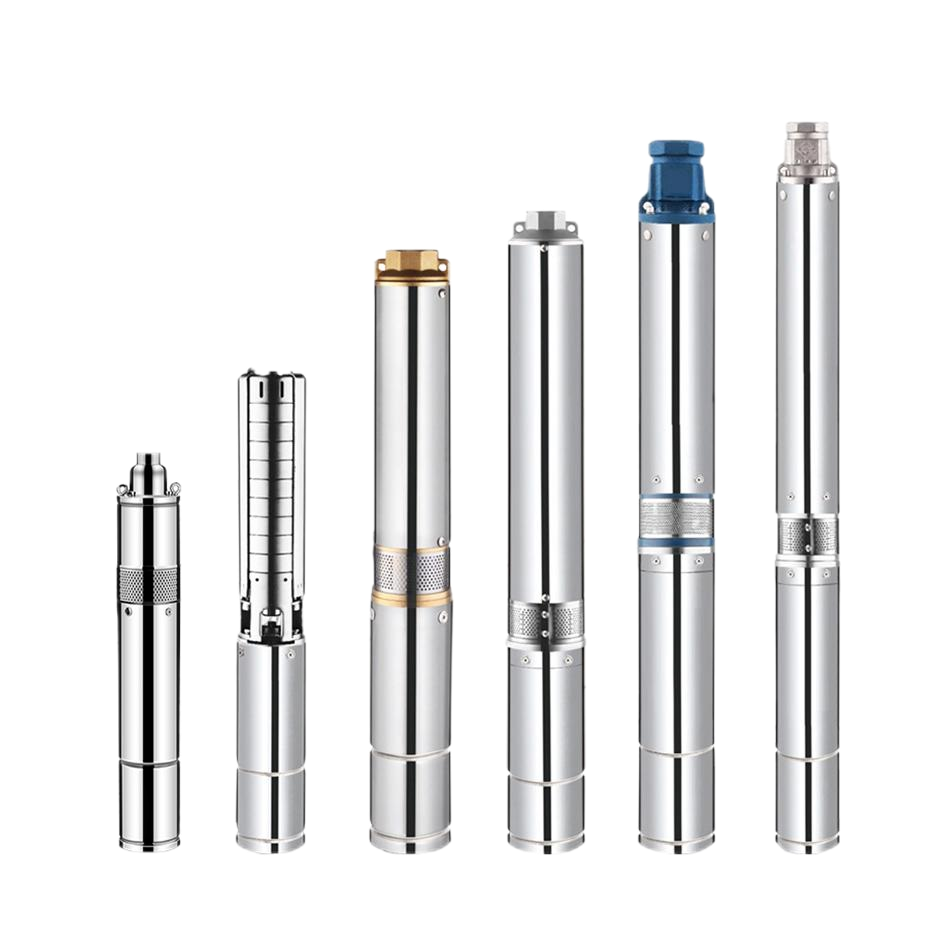 Borehole Pump
Borehole Pump